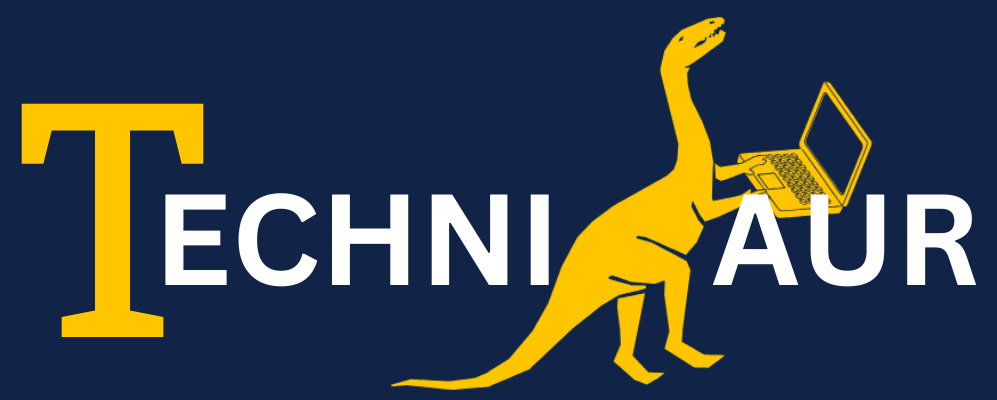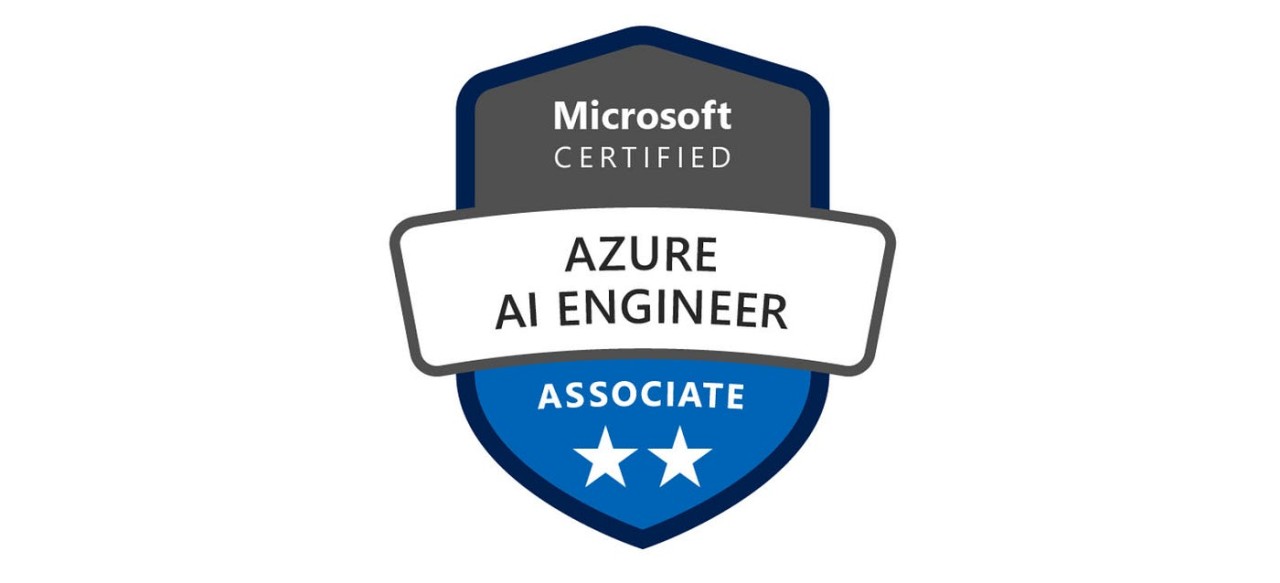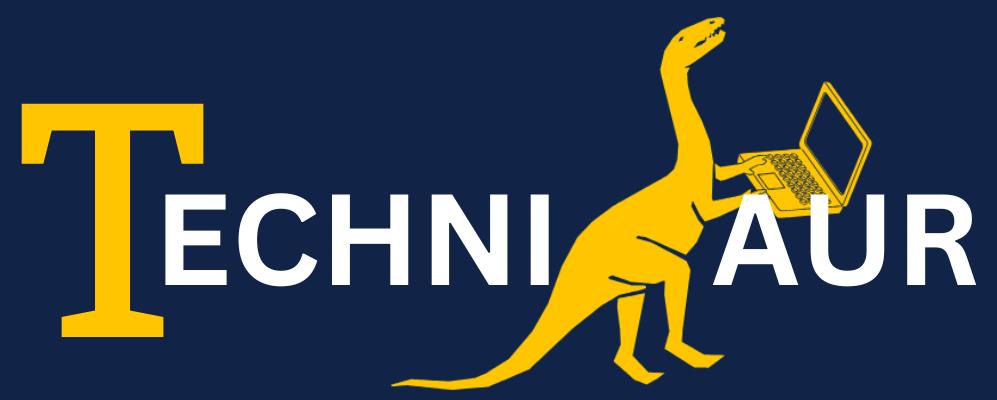Modules
Module 1: Prepare to develop AI solutions on Azure
As an aspiring Azure AI Engineer, you should understand core concepts and principles of AI development, and the capabilities of Azure services used in AI solutions.
Learning objectives
After completing this module, you will be able to:
- Define artificial intelligence
- Understand AI-related terms
- Understand considerations for AI Engineers
- Understand considerations for responsible AI
- Understand capabilities of Azure Machine Learning
- Understand capabilities of Azure Cognitive Services
- Understand capabilities of the Azure Bot Service
- Understand capabilities of Azure Cognitive Search
Module 2 : Create and consume Cognitive Services
Azure Cognitive Services enable developers to easily add AI capabilities into their applications. Learn how to create and consume these services.
Learning objectives
After completing this module, you will be able to:
- Provision Cognitive Services resources in an Azure subscription.
- Identify endpoints, keys, and locations required to consume a Cognitive Services resource.
- Use a REST API to consume a cognitive service.
- Use an SDK to consume a cognitive service.
Module 3 : Secure Cognitive Services
Securing Cognitive Services can help prevent data loss and privacy violations for user data that may be a part of the solution.
Learning objectives
After completing this module, you will know how to :
- Consider authentication for Cognitive Services
- Manage network security for Cognitive Services
Module 4 : Monitor Cognitive Services
Azure Cognitive Services enable you to integrate artificial intelligence into your applications and services. It’s important to be able to monitor Cognitive Services in order to track utilization, determine trends, and detect and troubleshoot issues.
Learning objectives
After completing this module, you will be able to:
- Monitor Cognitive Services costs
- Create alerts
- View metrics
- Manage diagnostic logging
Module 5 : Deploy cognitive services in containers
Learn about Container support in Cognitive Services allowing the use of APIs available in Azure and enable flexibility in where to deploy and host the services with Docker containers.
Learning objectives
After completing this module, learners will be able to:
- Create Containers for Reuse
- Deploy to a Container
- Secure a Container
- Consume Cognitive Services from a Container.
Module 6: Extract insights from text with the Language service
The Language service enables you to create intelligent apps and services that extract semantic information from text.
Learning objectives
In this module, you will learn how to use the Language service to :
- Detect language
- Extract key phrases
- Analyze sentiment
- Extract entities
- Extract linked entities
Module 7: Translate text with the Translator service
The Translator service enables you to create intelligent apps and services that can translate text between languages.
Learning objectives
After completing this module, you will be able to :
- Provision a Translator resource
- Understand language detection, translation, and transliteration
- Specify translation options
- Define custom translations
Module 8 : Create speech-enabled apps with the Speech service
The Speech service enables you to build speech-enabled applications. This module focuses on using the speech-to-text and text-to-speech APIs, which enable you to create apps that are capable of speech recognition and speech synthesis.
Learning objectives
Upon completion of this module, the learner will be able to:
- Provision an Azure resource for the Speech service
- Use the Speech-to-Text API to implement speech recognition
- Use the Text-to-Speech API to implement speech synthesis
- Configure audio format and voices
- Use Speech Synthesis Markup Language (SSML)
Module 9 : Translate speech with the speech service
Translation of speech builds on speech recognition by recognizing and transcribing spoken input in a specified language, and returning translations of the transcription in one or more other languages.
Learning objectives
In this module, you will learn how to :
- Provision Azure resources for speech translation.
- Generate text translation from speech.
- Synthesize spoken translations.
Module 10 : Build a Language Understanding model
The Language Understanding service enables you to train a language model that apps can use to extract meaning from natural language.
Learning objectives
After completing this module, you’ll be able to :
- Provision Azure resources for Language Understanding
- Define intents, utterances, and entities
- Use patterns to differentiate similar utterances
- Use pre-built entity components
- Train, test, publish, and review a Language Understanding model
Module 11 : Enumerate Objects ibn the Publish and use a Language Understanding app
After creating a Language Understanding app, you can publish it and consume it from client applications.
Learning objectives
After completing this module, you’ll be able to :
- Understand capabilities of a Language Understanding app
- Process predictions from a Language Understanding app
- Deploy a language understanding app in a container
Module 12 : Publish and use a Language Understanding app
The question answering capability of the Language service makes it easy to build applications in which users ask questions using natural language and receive appropriate answers.
Learning objectives
After completing this module, you will be able to :
- Understand question answering
- Compare question answering to language understanding
- Create a knowledge base
- Implement multi-turn conversation
- Test and publish a knowledge base
- Consume a knowledge base
- Implement active learning
- Create a question answering bot
Module 13 : Create a bot with the Bot Framework SDK
Learn how to build a bot by using the Microsoft Bot Framework SDK.
Learning objectives
After completing this module, you will be able to :
- Understand principles of bot design
- Use the Bot Framework SDK to build a bot
- Deploy a bot to Azure
Module 14 : Create a Bot with the Bot Framework Composer
User the Bot Framework Composer to quickly and easily build sophisticated conversational bots without writing code.
Learning objectives
After completing this module, you will be able to :
- Understand dialogs
- Plan conversational flow
- Design the user experience
- Create a bot with the Bot Framework Composer
Module 15 : Analyze images
With the Computer Vision service, you can use pre-trained models to analyze images and extract insights and information from them.
Learning objectives
After completing this module, you’ll be able to:
- Provision a Computer Vision resource
- Analyze an image
- Generate a smart-cropped thumbnail
Module 16 : Analyze video
Azure Video Analyzer for Media is a service to extract insights from video, including face identification, text recognition, object labels, scene segmentations, and more.
Learning objectives
After completing this module, you’ll be able to :
- Describe Video Analyzer for Media capabilities
- Extract custom insights
- Use Video Analyzer for Media widgets and APIs
Module 17 : Classify images
Image classification is used to determine the main subject of an image. You can use the Custom Vision services to train a model that classifies images based on your own categorizations.
Learning objectives
After completing this module, you will be able to :
- Provision Azure resources for Custom Vision
- Understand image classification
- Train an image classifier
Module 18 : Detect objects in images
Object detection is used to locate and identify objects in images. You can use Custom Vision to train a model to detect specific classes of object in images.
Learning objectives
After completing this module, you will be able to :
- Provision Azure resources for Custom Vision
- Understand object detection
- Train an object detector
- Consider options for labeling images
Module 19 : Detect, analyze, and recognize faces
The ability for applications to detect human faces, analyze facial features and emotions, and identify individuals is a key artificial intelligence capability.
Learning objectives
After completing this module, you will be able to:
- Identify options for face detection, analysis, and identification
- Understand considerations for face analysis
- Detect faces with the Computer Vision service
- Understand capabilities of the Face service
- Compare and match detected faces
- Implement facial recognition
Module 20 : Read Text in Images and Documents with the Computer Vision Service
Azure’s Computer Vision service uses algorithms to process images and return information. This module teaches you how to use the Read API for optical character recognition (OCR).
Learning objectives
In this module, you’ll learn how to:
- Read text from images with the Read API
- Use the Computer Vision service with SDKs and the REST API
- Develop an application that can read printed and handwritten text
Module 21 : Extract data from forms with Form Recognizer
Form Recognizer uses machine learning technology to identify and extract key-value pairs and table data from form documents with accuracy, at scale. This module teaches you how to use the Azure Form Recognizer cognitive service.
Learning objectives
In this module, you’ll learn how to :
- Identify how Form Recognizer’s layout service, prebuilt models, and custom service can automate processes
- Use Form Recognizer’s Optical Character Recognition (OCR) capabilities with SDKs, REST API, and Form Recognizer Studio
- Develop and test custom models
Module 22 : Create an Azure Cognitive Search solution
Unlock the hidden insights in your data with Azure Cognitive Search.
Learning objectives
In this module you will learn how to:
- Create an Azure Cognitive Search solution
- Develop a search application
Module 23 : Create a custom skill for Azure Cognitive Search
Use the power of artificial intelligence to enrich your data and find new insights.
Learning objectives
In this module you will learn how to :
- Implement a custom skill for Azure Cognitive Search
- Integrate a custom skill into an Azure Cognitive Search skillset
Module 24 : Create a knowledge store with Azure Cognitive Search
Persist the output from an Azure Cognitive Search enrichment pipeline for independent analysis or downstream processing.
Learning objectives
In this module you will learn how to:
- Create a knowledge store from an Azure Cognitive Search pipeline
- View data in projections in a knowledge store



Reviews
There are no reviews yet.